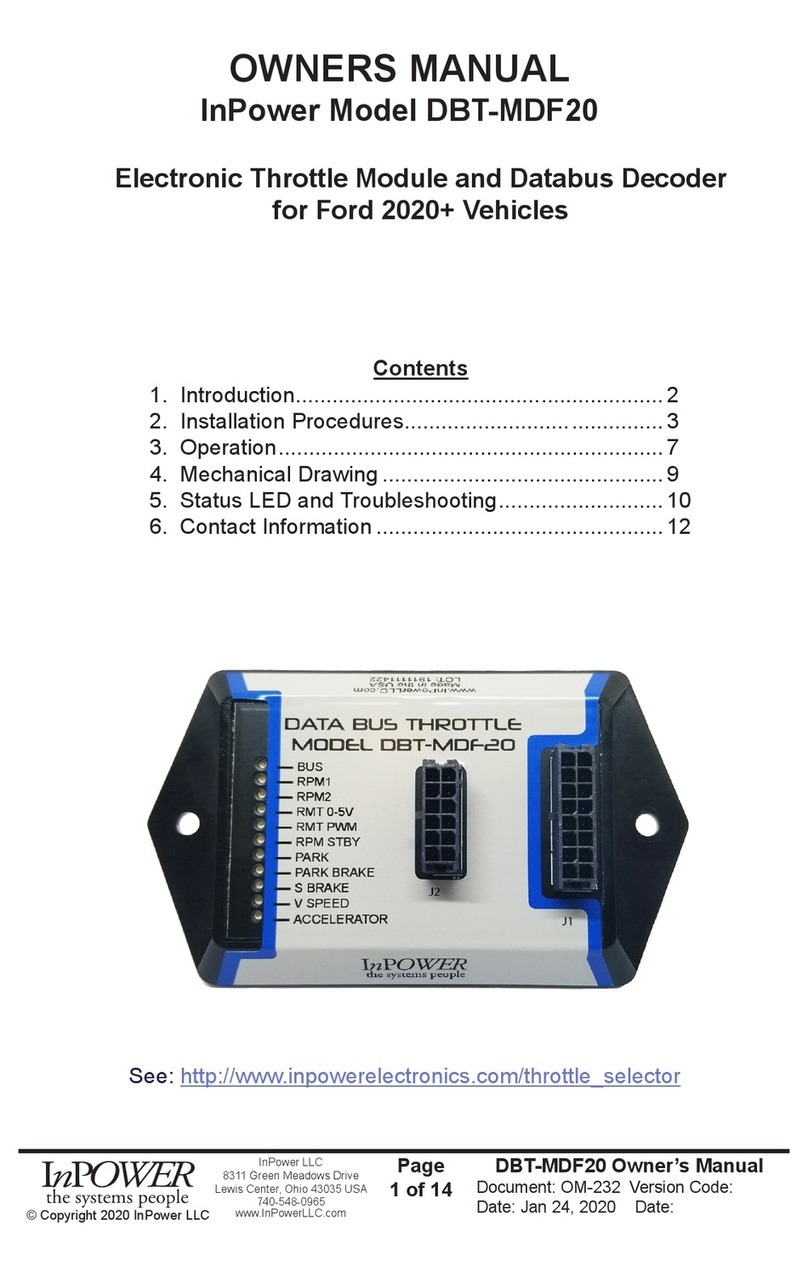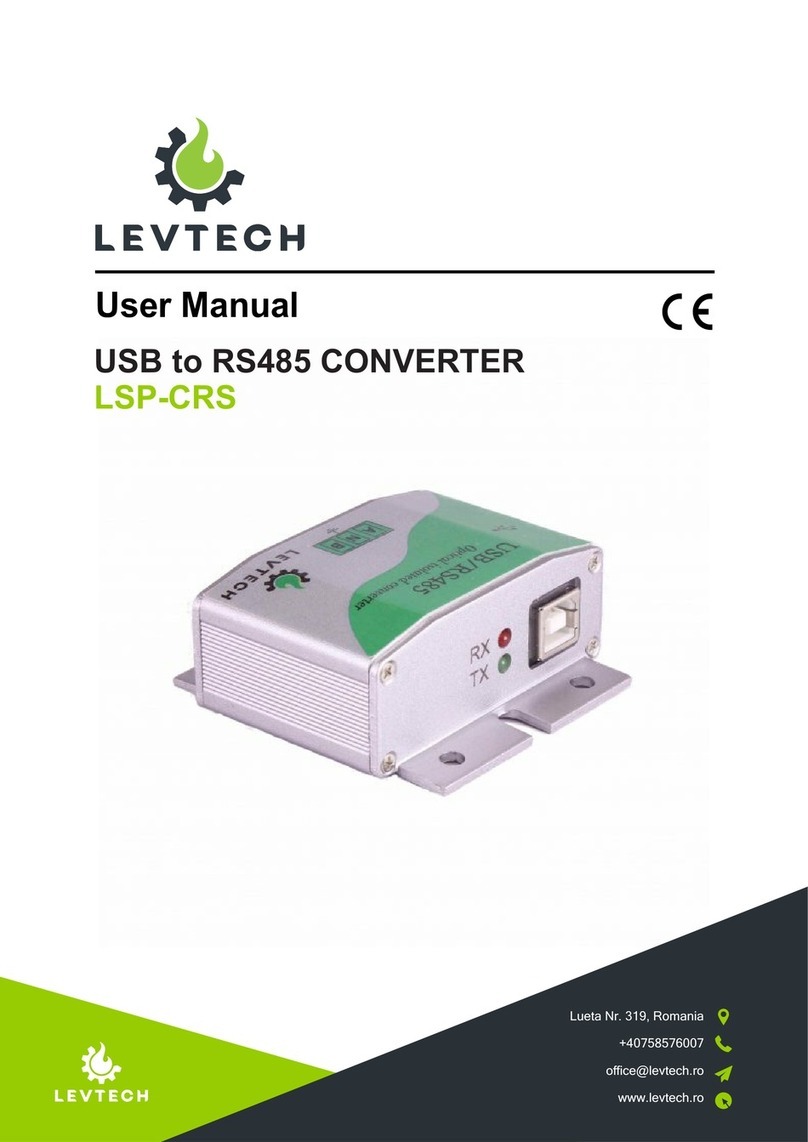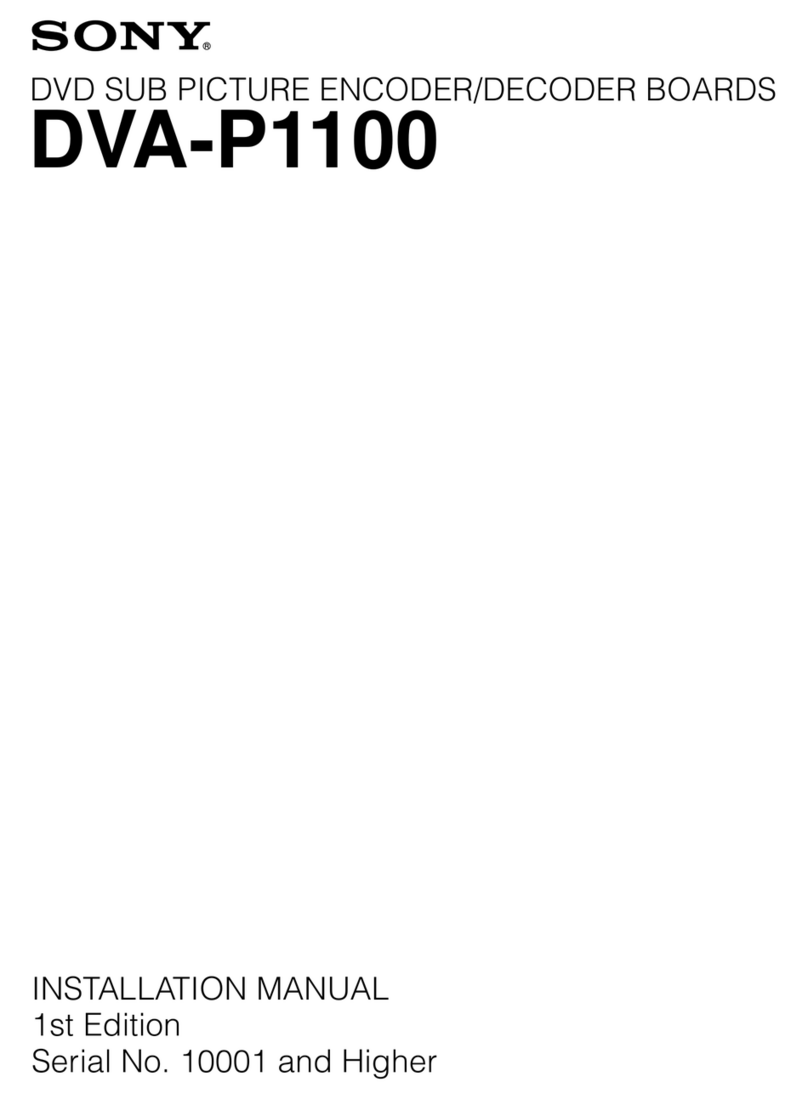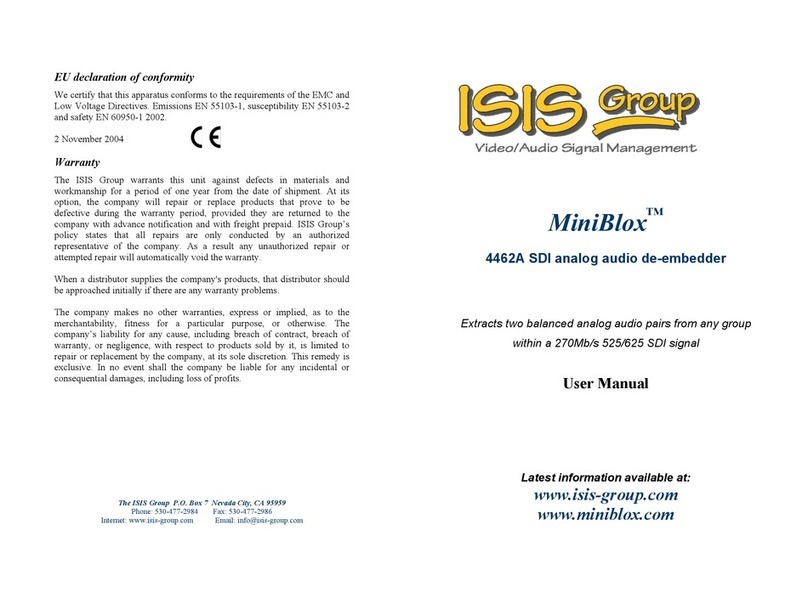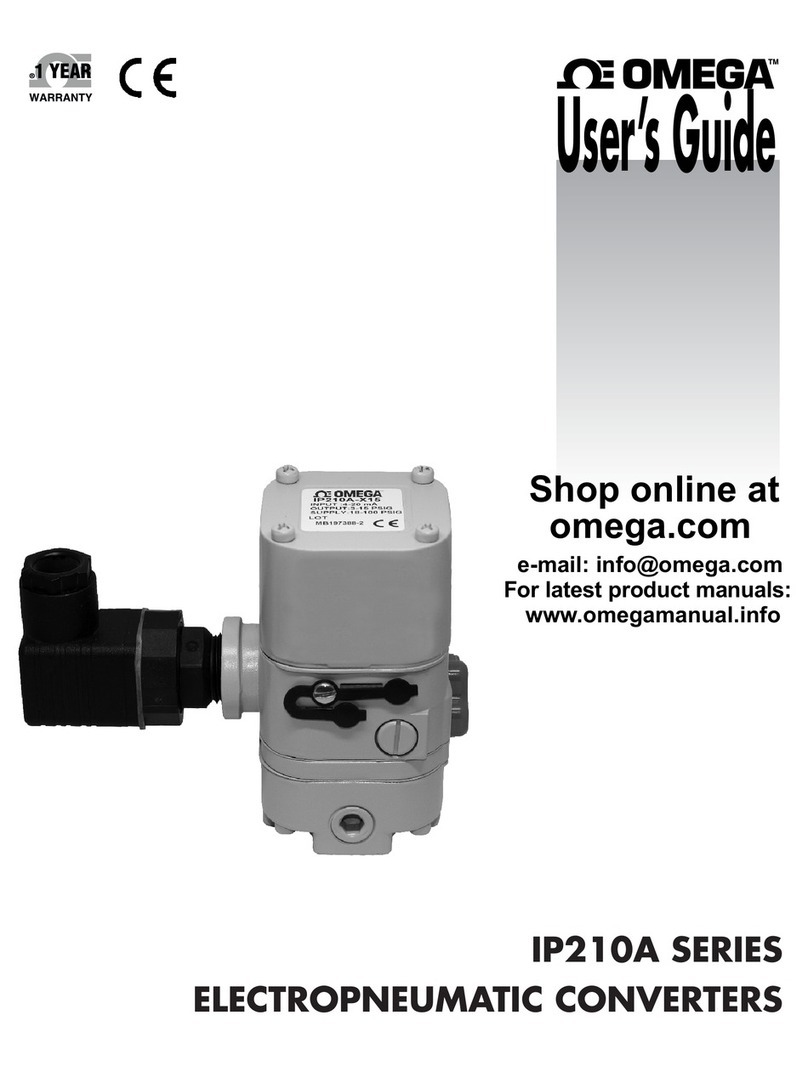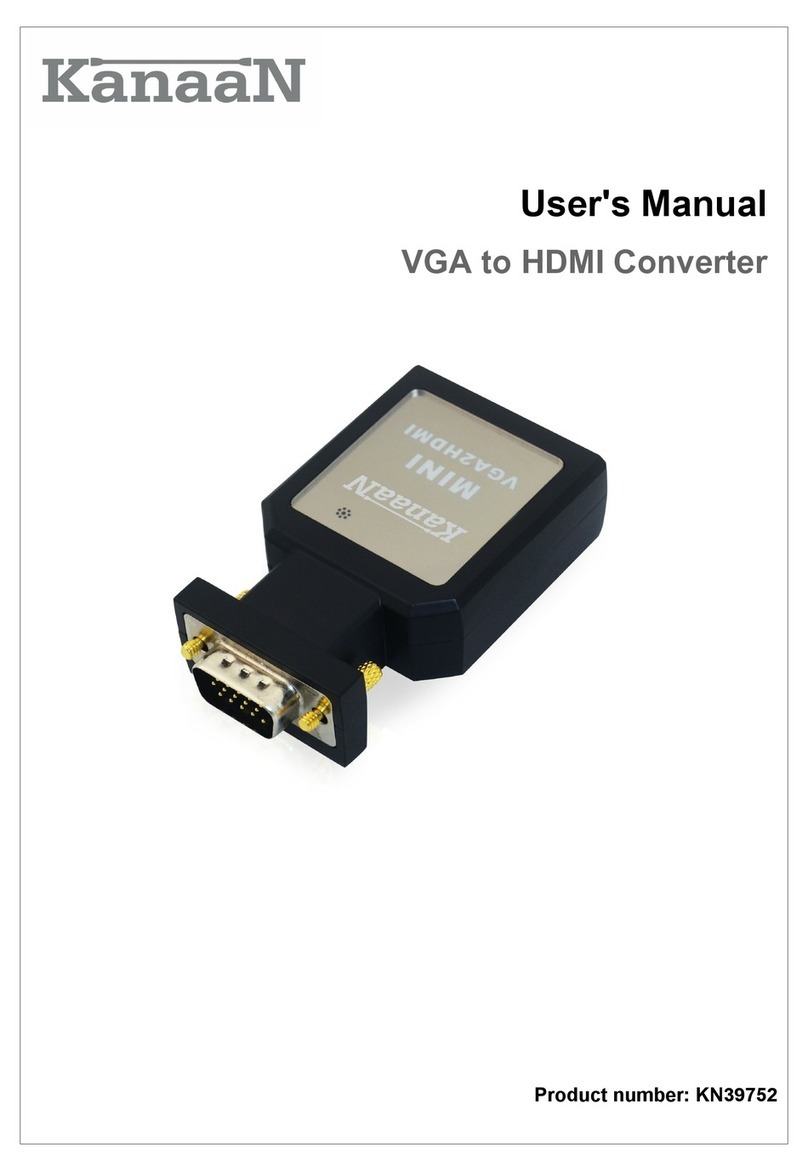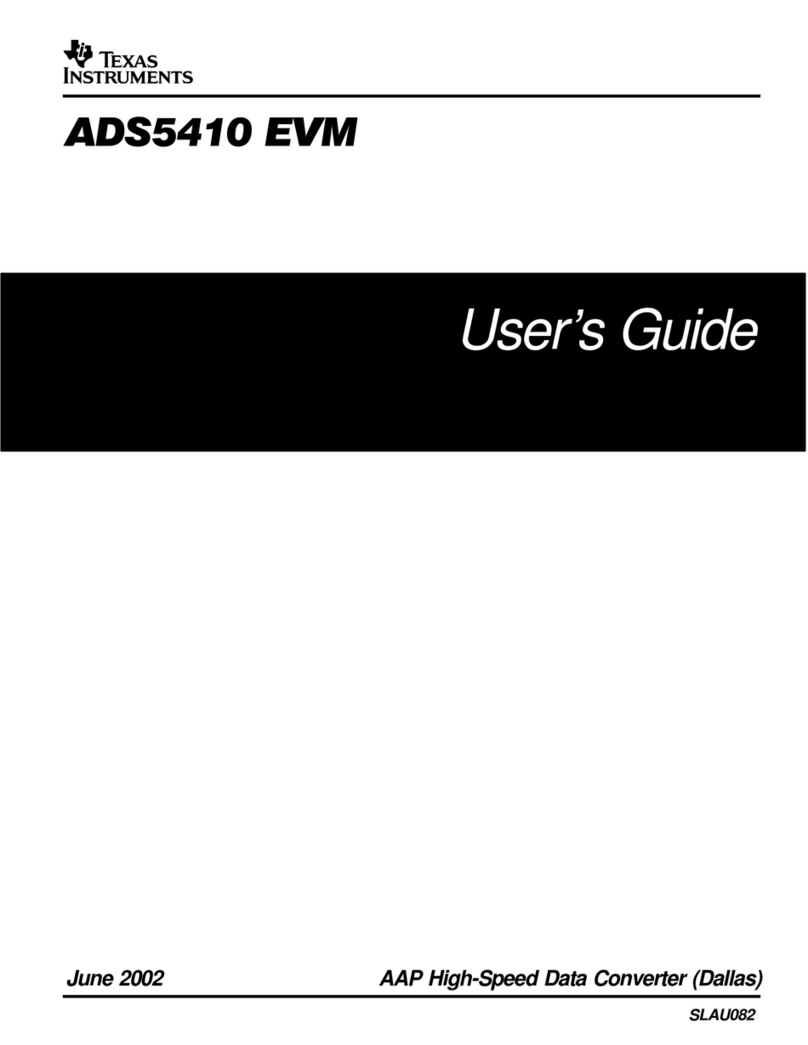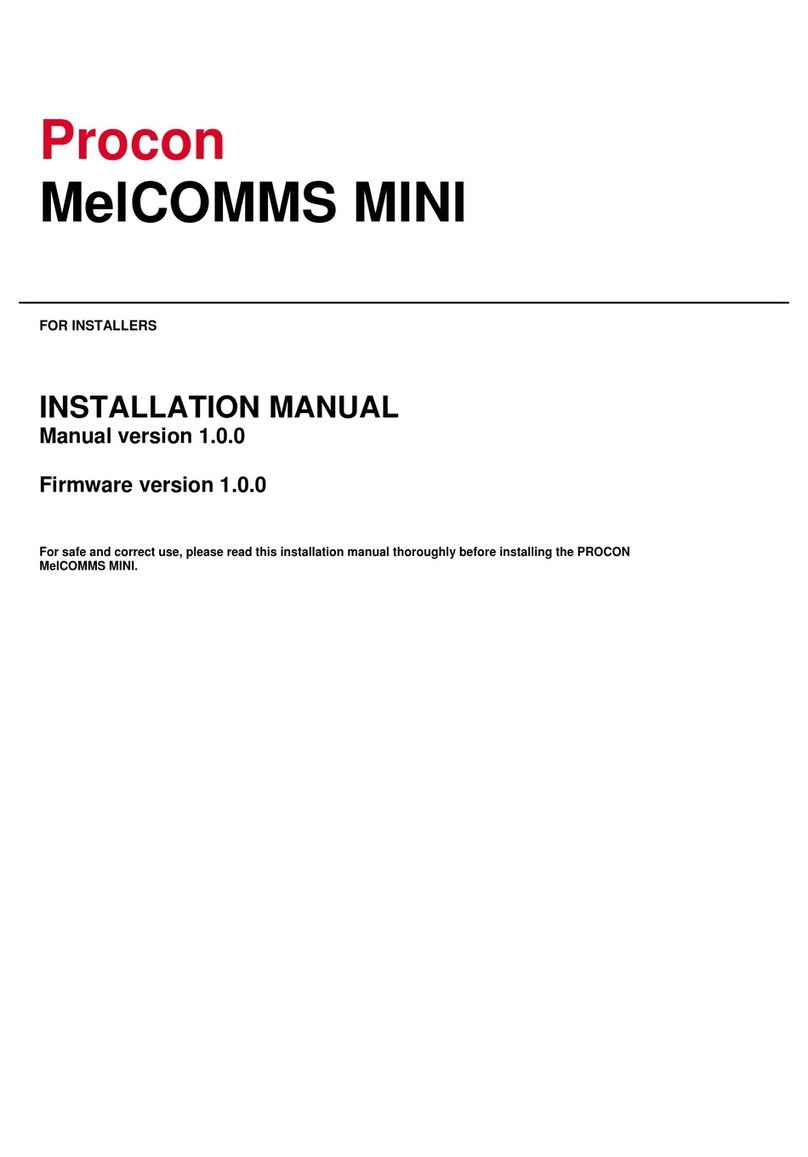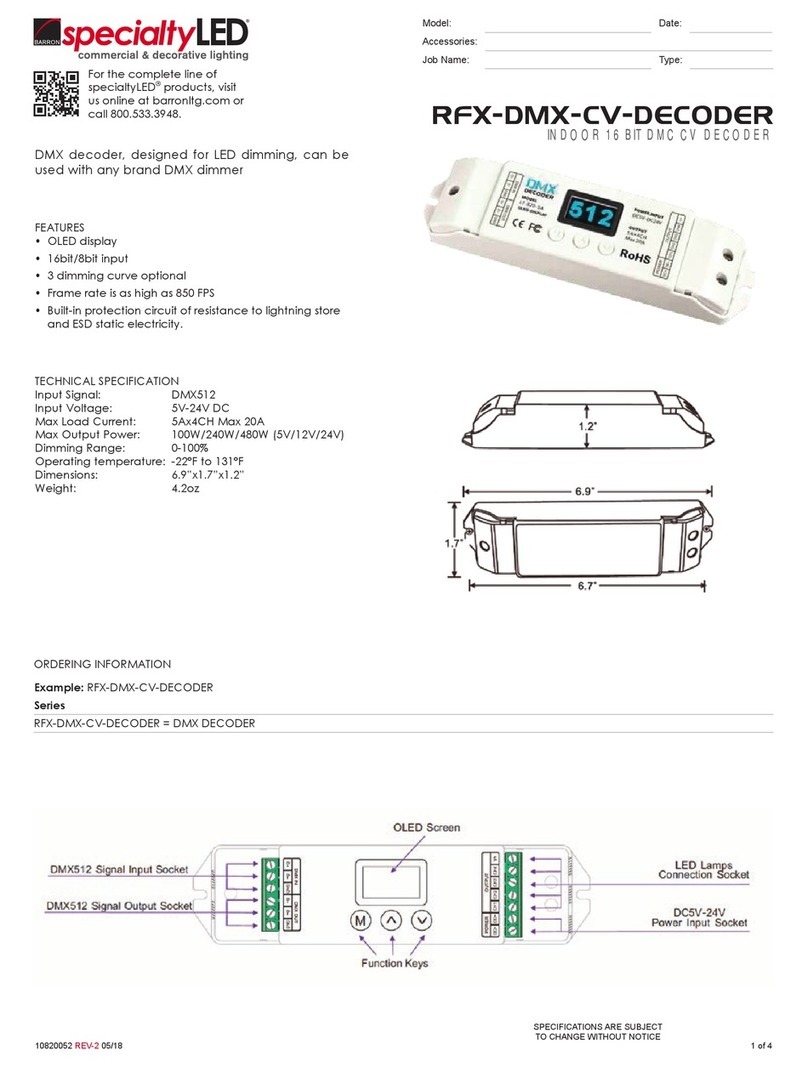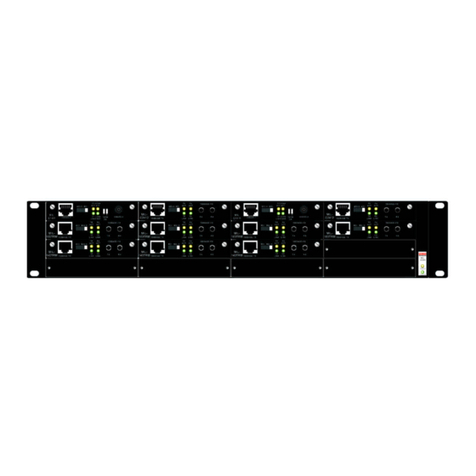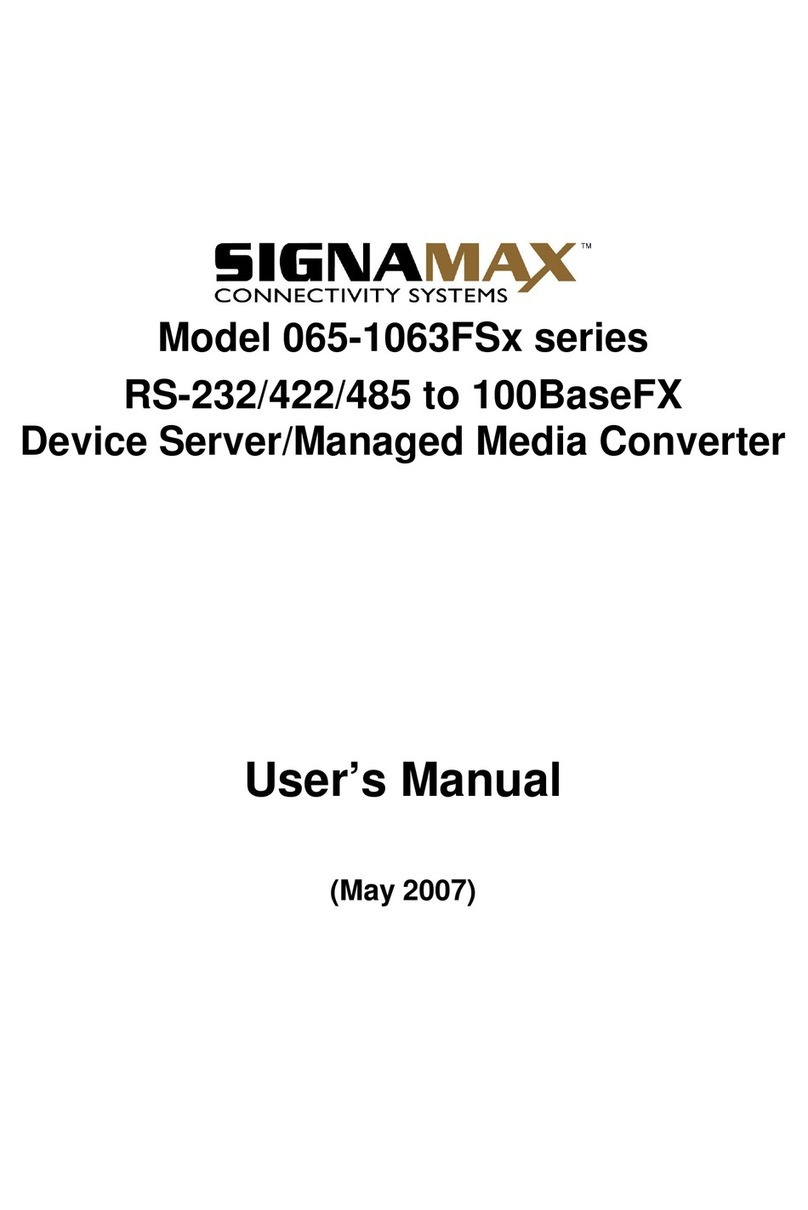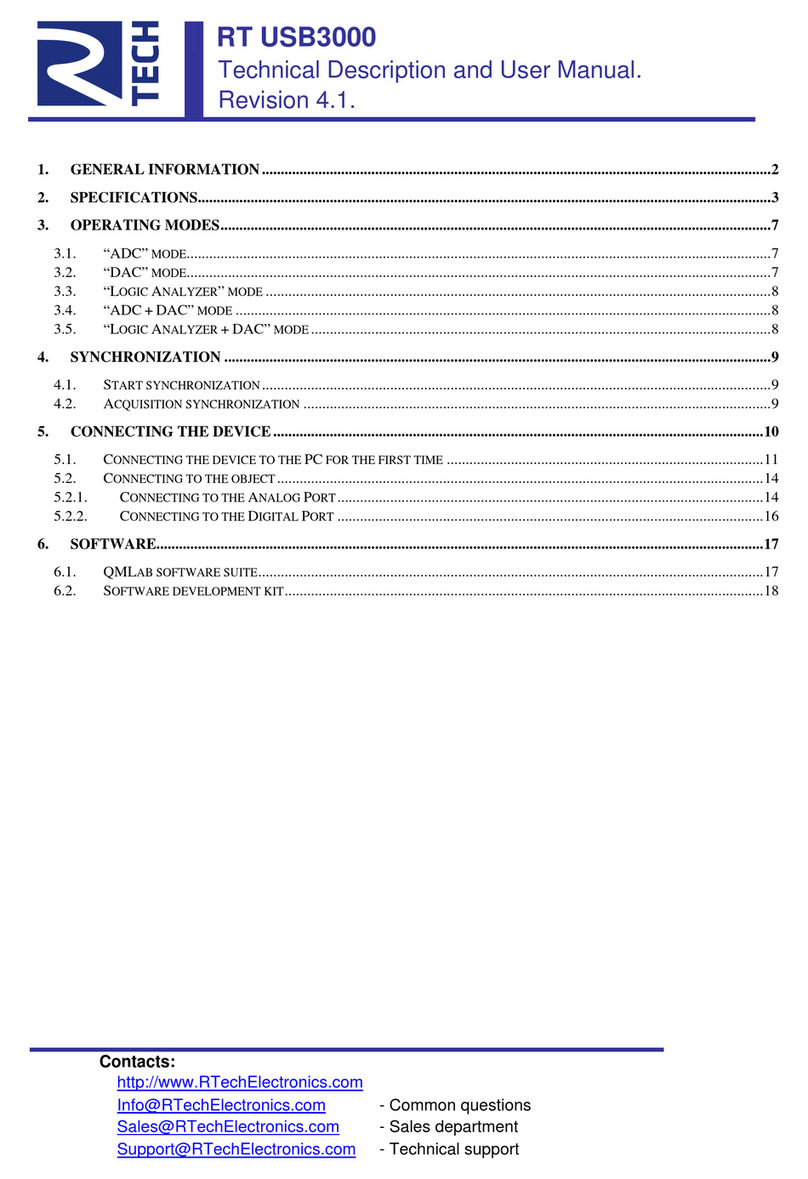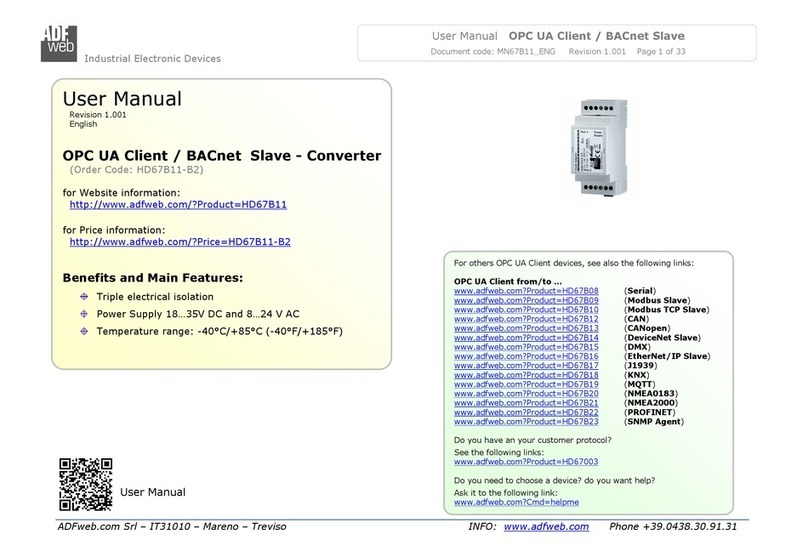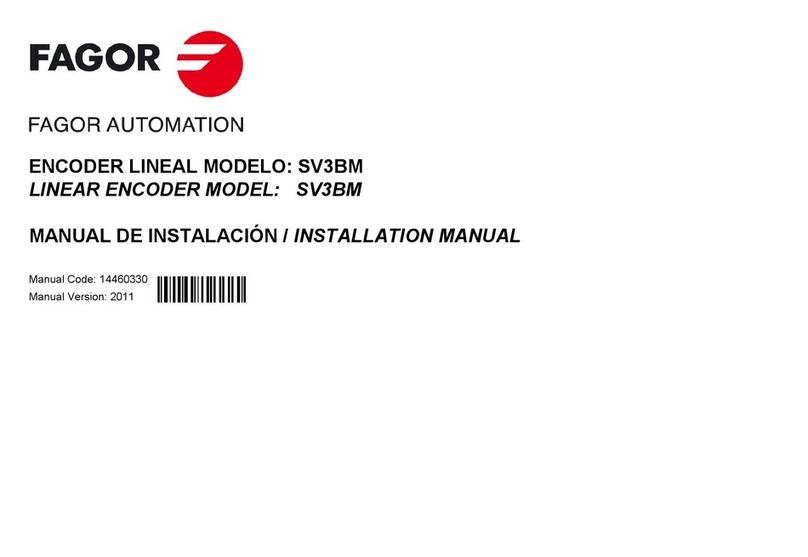InPOWER DBT-MD-01 User manual

© Copyright 2016 InPower LLC
DBT-MD-01 Owner’s Manual
1
Document: OM-194 Version Code: A
Date: August 2016 Date: Sept. 14, 2016
OWNERS MANUAL
InPower Model DBT-MD-01
Contents
1. Introduction............................................................ 2
2. Installation Procedures.......................................... 3
2.6 Harness Wire Table ........................................ 6
3. Operation............................................................... 7
4. Mechanical Drawing .............................................. 9
5. Status LED and Troubleshooting........................... 10
5.6 Troubleshooting Flowchart ............................. 11
6. Contact Us............................................................. 12
Electronic Throttle Module and Databus Decoder
for Ford 2016+ Vehicles

© Copyright 2016 InPower LLC
DBT-MD-01 Owner’s Manual
2
Document: OM-194 Version Code: A
Date: August 2016 Date: Sept. 14, 2016
1. Introduction
InPower’s DBT-MD-01 Data Bus Throttle both decodes the vehicle data bus
to provide you with the signals you need and provides high idle engine RPM
and PTO control. This product is compatible with 2016+ Ford trucks and vans
equipped with the Ford Stationary Elevated Idle Control (SEIC).
Modules come with four modes of high idle control: one standby mode, two
preset RPM modes, and one variable input RPM mode based on a customer-
supplied remote variable resistor. The standard module also includes four data
bus signal outputs: Park Brake Set, Reverse, Engine Run and Park (note: on
F750 chassis, the output is Neutral) with the capability of additional or alternate
outputs per customer special request. Contact information is located on the
back page of this manual.
Note: The data bus signal outputs will continue to function so long as
the unit has power and vehicle ignition is in the run position. However,
the throttle functions will only operate if the Chassis Ready Conditions
are satised. LED diagnostic indicators are provided to aid in system
troubleshooting. These LEDs are located on the module opposite the
connectors.
The DBT-MD-01 kit includes two cables. The rst cable (J1 Harness) connects
to the module via connector J1 and has three labeled sets of 20-inch blunt cut
wires: ve wires for SEIC, ve wires for inputs, and six wires for data bus signal
outputs. The second cable (J2 Harness) connects to the module via connector
J2 and has both a 16-pin connector plug for the OBDII data link connector
and a set of seven blunt cut wires for remote high idle control and preset RPM
adjustments.
Note: Ford vehicle wire colors and locations may vary substantially
between different models and even different model years. Please obtain
and consult the SEIC information for your specic vehicle prior to
installing the module. Documentation may be obtained from Ford’s
Truck Body Builder Advisory Service (www.eet.ford.com/truckbbas/).

© Copyright 2016 InPower LLC
DBT-MD-01 Owner’s Manual
3
Document: OM-194 Version Code: A
Date: August 2016 Date: Sept. 14, 2016
2. Installation Procedures
2.1 Safety Precautions
This electronic throttle product has been designed and manufactured to meet
the intended application requirements and specications. Any modications
to the product or to the installation procedure can be dangerous and will void
InPower’s warranty.
• Read and understand the instructions in this manual and other manuals
before starting the installation.
• Make sure that the vehicle battery power is disconnected during installation
of the throttle module.
• Reconnect the battery when the system installation is complete.
• Wear appropriate safety equipment, such as protective eyeglasses, face
shield and clothing when installing equipment and handling the battery.
• Be careful when working near a battery. Make sure that the area is well
ventilated and that there are no ames near the battery. Never lay objects
on the battery that can short the terminals together. If battery acid gets in
your eyes, immediately seek rst aid. If acid gets on your skin, immediately
wash it off with soap and water.
2.2 Getting Started
IMPORTANTNOTE: Please obtain the specic SEIC installation instructions
for your vehicle make and model from Ford. Wire colors and locations may
vary from model to model and even between different years for the same
model.TheguidemaybeobtainedfromFord’sBodyBuilderAdvisoryService.
We recommend installing the DBT-MD system under the dash due to the
proximity of the wiring connections and cable length. The unit should not be
located in the engine compartment or any other location that is not protected.
You will need tools to splice wires together. For each xed preset mode, you
will need a high idle On/Off switch. For Variable RPM control, you will need a
potentiometer. We recommend a 10 Kohm 3, 5, or 10-turn potentiometer such
as those available from Digikey. If using PWM for Variable RPM control, refer
to PWM instructions.
Do not lengthen the cable from the module to the OBD-II connector.
Disconnect the battery before making any electrical connections.
WARNING
!

© Copyright 2016 InPower LLC
DBT-MD-01 Owner’s Manual
4
Document: OM-194 Version Code: A
Date: August 2016 Date: Sept. 14, 2016
2.3 Mounting
Mount the DBT-MD module under the dash or on a at surface using the two
mounting holes. Ensure that you have sufcient distance to install the 36 inch
OBD-II cable that is part of the J2 harness.
Plug the J1 cable into the J1 connector (20 pin connector) and plug the J2
cable into the J2 connector (12 pin connector). The J2 cable will be used
for the OBD-II connection, power input, RPM adjustment and hooking up
either remote RPM or PWM. The J1 cable will be used for hooking into the
SEIC circuit, high idle on/off or mode select switches and for providing output
signals.
2.4 Wiring
Ensure the J1 cable and the J2 cables are both connected to the module.
Note: So long as the vehicle is on and the unit has power, even if the
High Idle Throttle function is not engaged, the Databus Decoder signals
will continue to operate. If the Databus Decoder signals will not be used,
properly secure the Output wire group on the J1 harness.
A. OBD-II connector
Locate the red connector on the J2 harness. Route this portion of the cable
to the OBD-II Data Link Connector and plug it in. The OBD-II connector is
usually located on the lower part of the dash on the driver’s side. Using a
plastic cable tie, secure the plug to the OBD-II connector so that it will not
vibrate out. We recommend routing the DLC cable across the bottom of the
plug and looping the cable tie around the plug, socket and cable to keep it out
of the way.
B. SEIC
Locate the SEIC group of blunt cut wires on the J1 harness. Install wires
between the blunt cut wires provided on the J1 harness and the respective
inputs and outputs of the Ford SEIC as shown in the wiring diagrams.
C. High Idle Mode Selection Controls
Determine the combination of high idle speed modes you will need (standby
high idle, variable RPM control and/or up to two additional xed preset
speeds).

© Copyright 2016 InPower LLC
DBT-MD-01 Owner’s Manual
5
Document: OM-194 Version Code: A
Date: August 2016 Date: Sept. 14, 2016
You will need to supply your own switches for turning on or off RPM modes,
and for the variable RPM, you will need to provide your own 0 to 5V
potentiometer. We recommend a ten-turn potentiometer such as those found
at Digikey and other similar vendors.
Please refer to section 2.6 on page 6 for a complete chart of input and output
wires. All mode selection switches should be wired to the INPUTS wire group
in the J1 Harness. The variable remote should be wired to the appropriate
wires in the J2 Harness.
D. Decoded Data Bus Signal outputs
Note: As long as the unit has power (connected via the Red wire on the J2
harness) and the vehicle is on (data bus signals are not transmitted when the
vehicle is off), the DBT-MD will provide these output signals, regardless of the
status of the throttle controls and engine RPM.
All decoded signal output wires are located in the J1 harness in the bundle
marked Outputs. Each wire corresponds to a different signal and all wires
give a 600mA current when connected. (Note: The pink wire and the gray
wire are unused in the standard model but may be given a custom signal at
customer request.) Tape or otherwise properly secure any unused wires out.
Please see 2.6 on page 6 for chart.
2.5 Calibration
All four RPM modes come with Factory Calibrations but may be adjusted by
the user if so desired once the module is installed.
1. Activate the mode you wish to adjust. Note: If the Adjustable RPM
mode is activated, this process will adjust the maximum RPM setting.
2. Locate the grey wire in the J2 harness. Apply +12V to this wire to
raise the RPM or ground the wire to lower it to the desired RPM. Note:
A minimum of 910 RPM is required for PTO to activate, so we do not
recommend lowering the Standby RPM.
3. To permanently store the changed RPM, disconnect from all RPM
modes but maintain power. If you disconnect the power without rst
deactivating all modes, it will not store the changes.

© Copyright 2016 InPower LLC
DBT-MD-01 Owner’s Manual
6
Document: OM-194 Version Code: A
Date: August 2016 Date: Sept. 14, 2016
J1 Harness
SEIC
GROUP
Wire Color Connector
Pin Number Function
White 2 Input from PTO Relay / PTO Indicator
Brown 8 Input from PTO VREF
Orange 13 Output to PTO-REQ2 for gas engines
Yellow 14 Output to PTO-REQ1
Green 16 Output to PTO-RPM
INPUTS
GROUP
Wire Color Connector
Pin Number Function
Brown 3 Not Used
Pink 4 Input RPM1
Tan 5Input RPM2
Violet 6Input RPM STBY
Dark Blue 7 Input RPM Remote
OUTPUTS
GROUP
Wire Color Connector
Pin Number Function Signal Output
Dark Green 1 Park Brake Set Ground
Pink 9 Not used Positive
Tan 10 Reverse Positive
Violet 11 Engine Run Positive
Dark blue 12 Park (750: Neutral) Positive
Gray 15 Not Used Ground
J2 Harness
Wire Color Pin Number Function
Black 2 Ground out to Remote *
Orange 3 Input from 0-5V Remote *
Red 7 12V Power Input
Violet 8Not Used
Gray 9 RPM Adjust
Pink 10 Input from PWM Remote **
White 11 5V Output to Remote *
* These three wires are for use with remote variable RPM
** The Pink PWM Remote wire is for use with PWM only
Note: Pins 1, 4 and 5 of J2 connect to OBD-II Connector Wires
12V Power must be supplied to the Red Power Input Wire for unit to function
J2 gray wire may be used to adjust calibration for all RPM settings. See section 2.5
2.6 Harness Wire Chart

© Copyright 2016 InPower LLC
DBT-MD-01 Owner’s Manual
7
Document: OM-194 Version Code: A
Date: August 2016 Date: Sept. 14, 2016
3. Operation
When the vehicle is parked and Chassis Ready Conditions are satised, the
engine idle speed may be controlled by selection of one of the four available
modes: standby, two presets and one variable RPM. The preset RPM modes
may be adjusted via the grey RPM adjust wire (see Adjusting RPM Values,
page #).
Chassis Ready Conditions:
• No vehicle speed
• Parking brake set
• Shift selector in Park (or Neutral on F750)
• Accelerator not pressed
• Service brake not pressed
• Engine running and below 1000 RPM
• No Diagnostic Trouble Code (DTC). Check Engine light must be off.
NOTE: While the engine is in high idle, should the throttle be deactivated
by one of the Chassis Ready Conditions changing, the engine will return
to normal speed. The throttle will ash the diagnostic LEDs to indicate the
cause of the deactivation for ten seconds after Chassis Ready Conditions
are restored. Then it will reset and return the vehicle to high idle.
Modes of Operation:
Standby Mode
Function: Increase idle to minimum required to activate PTO
Activation: Apply +12V to Violet Wire on J1 Harness Input Group
Factory Calibration: 950 RPM
NOTE: A minimum of 910 RPM is required to enable PTO on 2017+
vehicles, so we do not recommend adjusting the Standby set-point below
the Factory Calibration.
Preset RPM Modes
Function: Increase idle to preset RPM values
Activation: RPM1: Apply +12 V to Pink Wire on J1 Input Group
RPM2: Apply +12V to Tan Wire on J1 Input Group
Factory Calibration: RPM1: 1500 RPM RPM2: 1200 RPM
Calibration Range: Varies based on vehicle model. Generally, 900 RPM
to 2200 RPM (gas) or 2800 RPM (diesel)

© Copyright 2016 InPower LLC
DBT-MD-01 Owner’s Manual
8
Document: OM-194 Version Code: A
Date: August 2016 Date: Sept. 14, 2016
Variable RPM Mode
Function: Varies RPM as a function of voltage from customer-supplied
remote variable control
Activation and Adjustment:
1. Activate Standby Mode: Apply +12V to Pink Wire on J1 Harness Input
Group (J1 Pin4)
2. Activate Remote Mode: Apply +12V to Dark Blue Wire on J1 Harness
Input Group (J1 Pin7)
The module will then look for a signal from either PWM or remote
potentiometer. Both RMT 0-5V and RMT-PWM LEDs will ash until it
receives a remote signal. At that point, the corresponding LED will turn
solid and the other one will shut off.
3. To adjust RPM with the potentiometer, start at zero and then turn
potentiometer up slowly until desired RPM is reached. To adjust with
PWM, contact InPower for PWM specications.
Minimum RPM: Equal to Standby Mode RPM
Maximum RPM: Preset Adjustable. Factory Default: 1500 RPM
Mode Priorities:
If more than one mode is selected at a time, the modes take the following
priorities:
RPM1 Highest - overrides all other modes
RPM2 Second - overrides lower modes
Variable RPM Third - overrides lower mode
Standby Lowest
NOTE: When using module with PTO on 2017+ gas vehicles, rst engage
Standby High Idle Mode before engaging PTO.

© Copyright 2016 InPower LLC
DBT-MD-01 Owner’s Manual
9
Document: OM-194 Version Code: A
Date: August 2016 Date: Sept. 14, 2016
3.8
0.2 dia.
4.4
2.6
J1
J2
0.4
0.8
www.InPowerLLC.com
Made in the USA
LOT: 1234567890
36
20
20
to J1
to J2
MODULE
CABLES
All Dimensions in Inches
Not to Scale
Sensors &
Power
PTO
Inputs
Outputs
Diagnostic
LEDs
4. Mechanical Drawing

© Copyright 2016 InPower LLC
DBT-MD-01 Owner’s Manual
10
Document: OM-194 Version Code: A
Date: August 2016 Date: Sept. 14, 2016
5. Status Indicators and Troubleshooting
5.1 For new installations. The throttle automatically checks to see if its
software revision code supports the chassis. The DBT-MD detects the vehicle
type during the rst ignition turn-on after installation. If the Park LED is on
solid and all other LEDs are off, the truck is not supported by this model.
Please refer to the Throttle Selector Guide found on our website for the most
up-to-date compatibility information.
(www.inpowerdirect.com/electronicthrottlecontrols_selector.php)
5.2 Check all wiring and make sure all connectors are plugged in rmly.
Refer to the Harness Wire Chart in section 2.5 on page 5 when checking that
wires are connected to appropriate inputs and outputs.
Ford vehicle wire colors and locations may vary substantially between different
models and even different model years. Please obtain and consult the SEIC
information for your specic vehicle. Documentation may be obtained from
Ford’s Truck Body Builder Advisory Service (www.eet.ford.com/truckbbas/).
5.3 A series of 11 LEDs on top of the module provide diagnostic information
for troubleshooting purposes. The LEDs are
labeled and correspond to RPM modes, Databus
status and safety interlocks necessary to bring the
vehicle to high idle. If no LEDs are illuminated, the
unit does not have power.
See LED Troubleshooting Flowchart on Page 9.
5.4 While engine is in high idle, if one of the
Chassis Ready Conditions changes states, the
engine will return to factory idle. The throttle will
ash the diagnostic LEDs to indicate the cause
of the high idle deactivation. Then, once conditions are restored, after a ten
second delay it will return the vehicle to the preset high idle speed. This
feature may be used to troubleshoot intermittent problems.
BUS
DBT-MD LED INDICATORS
ACCELERATOR
RPM1
RPM2
RMT 0-5V
RMT PWM
RMT STBY
PARK
PARK BRAKE
S BRAKE
V SPEED

© Copyright 2016 InPower LLC
DBT-MD-01 Owner’s Manual
11
Document: OM-194 Version Code: A
Date: August 2016 Date: Sept. 14, 2016
Unit has no power
Unit has power but
no databus RPM
message
BUS Only
Multiple LEDs
Are Any LEDS on?
Unit has power and
data bus RPM
message received,
but no modes
selected. Decoder
functions are active
but throttle is off.
Bus on.
Mode LED flashing
One or more Chassis
Condition LED
flashing
Park On
Solid
No
Yes
Bus On Solid
RMT 0-5V Flash
RMT PWM Flash
RPM1,RPM2,STBY off
All others On Solid
Bus OFF
RPM1 through RPM STBY
Flashing
Truck Not
Supported.
Second device is
connected to SEIC
wirings and
controlling RPM
operation
Operating at
Standby Speed,
waiting on remote
input to control
RPM
Mode Selected.
Chassis Ready Condition Not Met.
Check flashing interlock.
(e.g. if Park is flashing, make sure
vehicle is in Park)
Bus On
Single Mode LED
On Solid
Mode Activated.
Unit working
normally.
Flashing
On Solid
5.5 LED Troubleshooting Flowchart

© Copyright 2016 InPower LLC
DBT-MD-01 Owner’s Manual
12
Document: OM-194 Version Code: A
Date: August 2016 Date: Sept. 14, 2016
Contact Us
InPower LLC
8311 Green Meadows Drive
Lewis Center, Ohio 43035
740-548-0965
www.InPowerLLC.com
Table of contents
Other InPOWER Media Converter manuals
